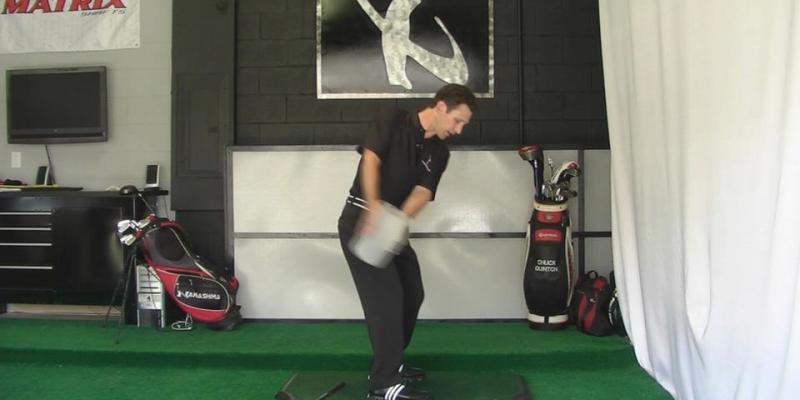Video Menu
My Favorite Videos
My Favorite Videos
Understanding Shoulder Elevation
Sorry, you need to be a member to access to this video.
Become a member here!

At the request of members from the forum, Al Consoli has put together this great video on understanding shoulder elevation during the backswing. So many golfers get their arms buried deep behind their chest during the takeaway and that leads to numerous swing faults. Understanding how simple it is to have an on plane takeaway and just how small the movements really are will be a revelation to many after watching this video. If you've struggled with getting across the line at the top of your swing or getting the club working too deep behind you, this video will change the way you think of the arm movement in the backswing forever.
- Shoulder elevation does not mean lifting the shoulders!
- Shrugging the shoulders disconnects you from your core, causing all kinds of problems in the golf swing
- Shoulder elevation means raising your arms in a vertical plane, hinging from the shoulders
- Elevation is combined with rotation into a single, smooth movement
- Go back and review the Bucket Drill

























































































































































































































































































































































































































Joe
Craig (Certified RST Instructor)
GC
Craig (Certified RST Instructor)
GC
Craig (Certified RST Instructor)
Gary
Craig (Certified RST Instructor)
gary
Craig (Certified RST Instructor)
Robert
Craig (Certified RST Instructor)
Mark
Craig (Certified RST Instructor)
Lance
Craig (Certified RST Instructor)
Peter R
Paul
Craig (Certified RST Instructor)
GARY
Craig (Certified RST Instructor)
Allen
Craig (Certified RST Instructor)
Allen
Richard
Peter
R.J. (Certified RST Instructor)
Peter
R.J. (Certified RST Instructor)
Peter
R.J. (Certified RST Instructor)
Peter
R.J. (Certified RST Instructor)
Darren
R.J. (Certified RST Instructor)
nathan
R.J. (Certified RST Instructor)
William
R.J. (Certified RST Instructor)
Peter
R.J. (Certified RST Instructor)
Peter
R.J. (Certified RST Instructor)
Peter
R.J. (Certified RST Instructor)
Grant
R.J. (Certified RST Instructor)
Richard
Mike
R.J. (Certified RST Instructor)
Jackie (Certified RST Instructor)
Craig (Certified RST Instructor)
Hai
Tim (Certified RST Instructor)
Lee
Craig (Certified RST Instructor)
Peter
steve
Craig (Certified RST Instructor)
Peter
Craig (Certified RST Instructor)
Tom
Craig (Certified RST Instructor)
Giampietro
Craig (Certified RST Instructor)
Eric
Craig (Certified RST Instructor)
Ron
Craig (Certified RST Instructor)
Peter
Jesse
Craig (Certified RST Instructor)
Peter
Tim (Certified RST Instructor)
William
Dennis